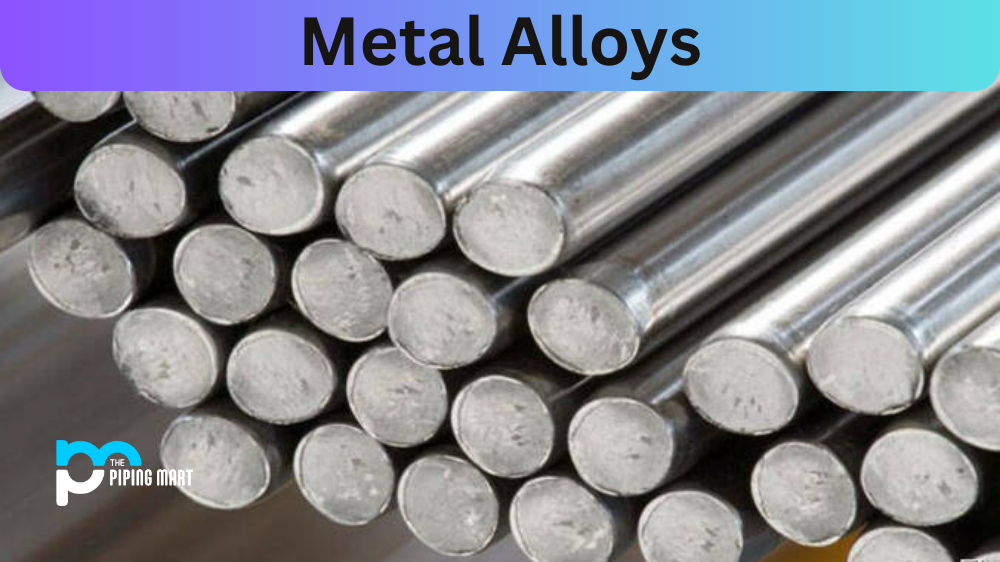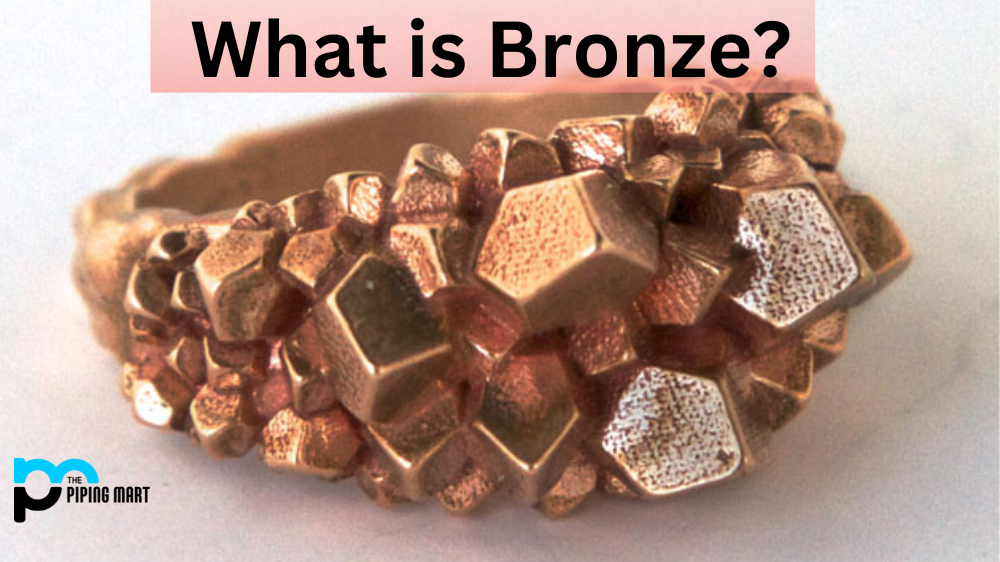Nickel plating is a process of adding a thin layer of nickel to the surface of an object. This can be done for aesthetic and functional purposes, such as preventing corrosion or improving electrical conductivity. Nickel plating can be done professionally, but it can also be done at home if you have the right tools and supplies. This guide will show you how to nickel plate metal at home in four easy steps.
Gather Supplies
The first step in any DIY project is gathering all the necessary supplies before you get started. For metal plating, you will need nickel sulfamate solution, a plastic container large enough to submerge the object being plated (preferably made from polypropylene), a power supply capable of providing 6-12V DC, copper wire, and insulated alligator clips. You will also need safety gear like gloves and eye protection when handling chemicals.
Prepare Metal Object
Once your supplies are ready, it’s time to prepare the metal object for plating. First, ensure that the object is clean and free from dirt or other contaminants that could affect the quality of the plating job. Next, use sandpaper or a wire brush to roughen the surface to adhere better to the nickel solution.
Plate Metal Object
Now it’s time to start nickel-plating your metal object! Fill your plastic container with enough nickel sulfamate solution to cover the entire object completely when submerged. Attach one end of your copper wire to your power supply and connect its opposite end using insulated alligator clips directly onto your metal object. Make sure not to touch either clip with your bare hands once they are connected! Turn on the power supply and let it run until a thin layer of nickel has been deposited on top of your metal item—this could take anywhere from 15 minutes up to several hours, depending on what type of metal you’re working with. Once finished, please turn off the power supply and disconnect both clips from each other and the power source itself before removing your item from its bath, so it does not get re-plated again with more layers than necessary.
Conclusion:
Nickel plating is a great way to improve an object’s durability while also making it look more aesthetically pleasing—and now, thanks to this guide, you know how easy it is to do at home! With just a few simple steps and some basic tools and materials like nickel sulfamate solution and copper wire, you can give new life to any old metal piece in no time! Whether you want something that sparkles or lasts longer against wear and tear, there are lots of possibilities available for DIY projects like this one! So don’t hesitate; get out there and start experimenting today!
Sakshee is a talented blogger, with a particular focus on the Business and Metal Industry. She is passionate about sharing her insights on various metal products and helping professionals to make a better decisions.




